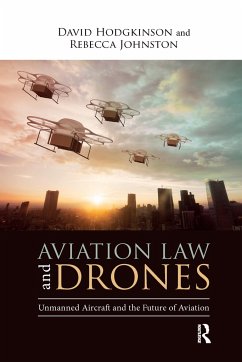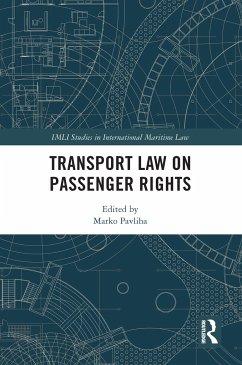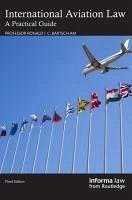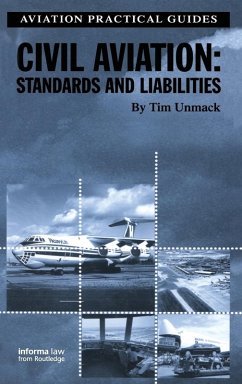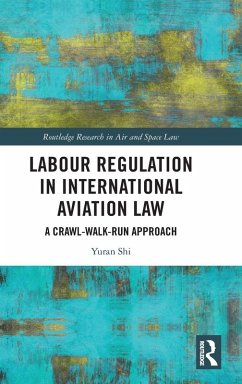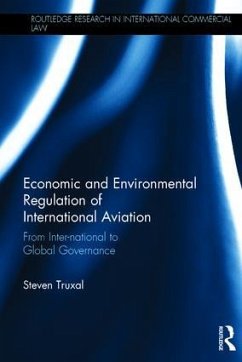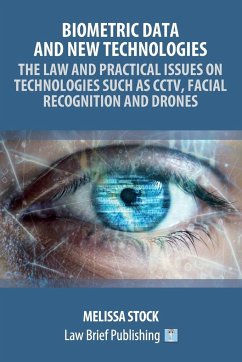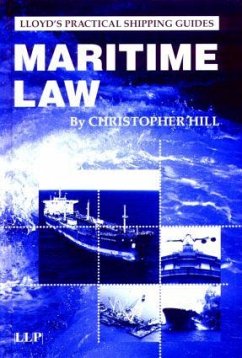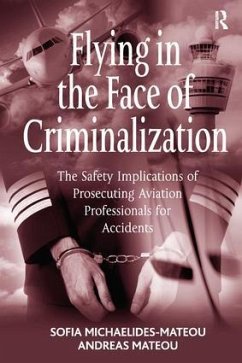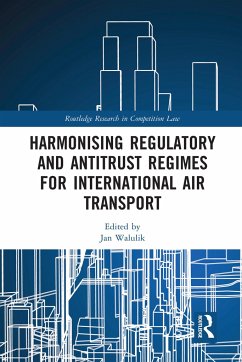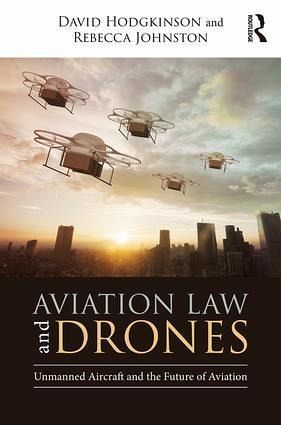
Aviation Law and Drones
Unmanned Aircraft and the Future of Aviation
Versandkostenfrei!
Versandfertig in 1-2 Wochen
167,99 €
inkl. MwSt.
Weitere Ausgaben:

PAYBACK Punkte
84 °P sammeln!
Written by practitioners in aviation law, this book analyses how aviation is regulated at national and international levels, examining our busy skies and providing expert analysis on how technological developments in aviation can and will be regulated.





